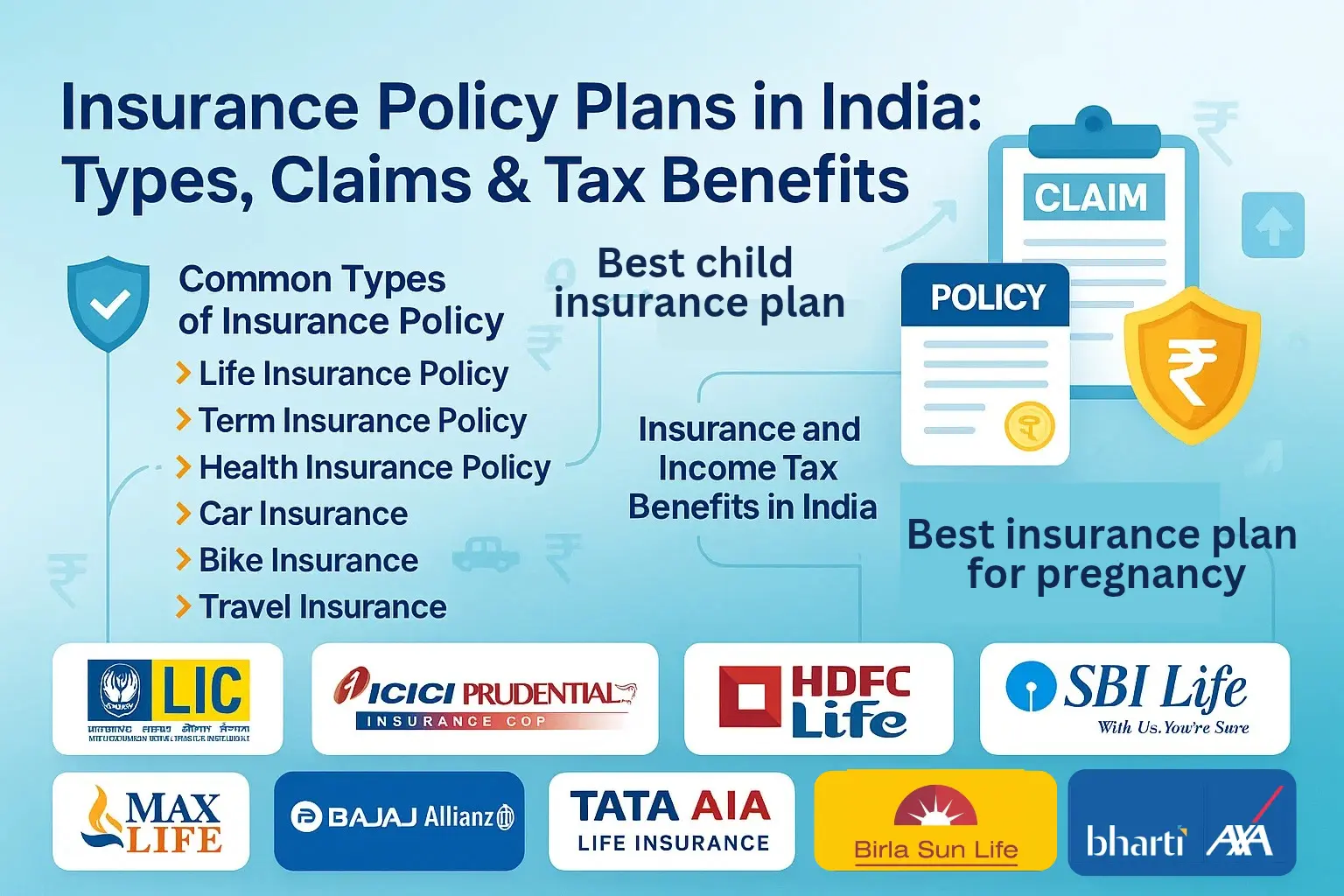Traditional savings accounts provide interest rates that are so low for the majority of Indian savers that inflation stealthily depletes their funds. High-yield savings accounts are a better option in 2025, regardless of whether you’re a student just starting to save, a working professional saving for emergencies, or an investor putting money aside for idle purposes. However, are Indian high-yield savings accounts really worth the money? Is their safety guaranteed? Furthermore, which banks currently have the best rates? Let’s dissect it all.
What Are High-Yield Savings Accounts?
Compared to traditional savings accounts, a high-yield savings account offers a significantly higher interest rate. These are frequently offered online by fintech platforms, private banks, or neo-banks.
Key Benefits:
- Higher interest rates (up to 6–7% annually)
- In specific circumstances, daily compounding
- RBI-regulated banks offering FDIC-equivalent insurance
- Low or no minimum balance
High-yield savings accounts are defined as those that prioritize higher interest rates and, because they are online, frequently have lower overhead costs.
Top High-Yield Savings Accounts in India
While many Indian banks offer high-yield savings account services, the following list includes some of the most well-known banks that offer the best high-yield savings account options.
| Bank/Fintech | Interest Rate (p.a.) | Minimum Balance | Features |
| Airtel Payments Bank | 6.00% | ₹0 | Digital KYC, UPI enabled, no balance limit |
| Jupiter (via Federal Bank) | 6.50% | ₹0 | Instant opening, smart insights, debit card |
| AU Small Finance Bank | 7.00% | ₹5,000 | FD-like rates, doorstep banking |
| Equitas Small Finance Bank | 7.00% | ₹0 | Fully online, interest paid monthly |
| IndusInd Online Savings | 6.75% | ₹10,000 | Free IMPS/NEFT, debit card benefits |
| IDFC FIRST Bank | 6.75% | ₹10,000 | Full-service bank |
Note: Interest rates can fluctuate every month and are only estimates. Always ask the provider.
Table of Contents
How Do High-Yield Savings Accounts Work?
High-yield savings accounts offer greater returns than standard savings accounts, but they operate identically. Frequently, they include:
- Daily compound interest
- Monthly interest payments
- immediate NEFT, IMPS, and UPI transfers
- App-based monitoring and management
Some accounts also let you link to PPF donations, credit cards, or mutual fund investments for easy money management.
Are High-Yield Savings Accounts Safe in India?
Yes, when these accounts are opened with RBI-certified banks or regulated fintech companies, they are safe. Deposit insurance up to ₹5 lakhs is provided by the Deposit Insurance and Credit Guarantee Corporation (DICGC). Before making an investment, always be sure the government has approved it.
Are High-Yield Savings Accounts Worth It?
Yes, if you’re looking for:
- A low-risk alternative for idle cash
- parking Higher returns than those found in conventional savings accounts
- Quick access to money (in contrast to FDs)
But for long-term wealth accumulation, think about choices like
- Mutual Fund SIPs
- Retirement
- NPS, ELSS (to reduce taxes)
- with lock-ins, recurring, or fixed deposits
High-Yield Savings Accounts vs Fixed Deposits and CDs
| Feature | High-Yield Savings A/C | Fixed Deposit (FD/CD) |
| Liquidity | High (withdraw anytime) | Locked for 7 days–10 years |
| Returns | 5–7% p.a. | 6–8% p.a. |
| Safety | High (if RBI-backed) | Very High (if bank FD) |
| Tax on Interest | Taxable as income | Taxable unless 5-year tax FD |
| Best for | Emergency fund, buffer | Medium to long-term saving |
Verdict: High-yield accounts are more sensible for emergency savings and short-term flexibility. FDs are the best option for longer-term locked savings.
Special Use Cases
High-Yield Savings Accounts for Kids
These days, a lot of Indian banks provide higher rates of interest on savings plans, kid-friendly parental controls, and educational goal trackers. A number of options are accessible:
- Kotak Junior Account
- HDFC Kids Advantage Account
- ICICI Young Stars Account
- SBI Pehla Kadam Account
- Partner with the accounts of the parents
- Teach financial literacy at a young age and generate respectable interest.
High-Yield Savings Accounts with Calculators
- Calculators for estimating interest are integrated into apps such as Jupiter and Fi Money.
- beneficial for compounding checks and monthly planning
High-Yield Savings Accounts and Taxation
- Depending on your slab, interest over ₹10,000 is taxable.
- File under “Other Sources of Income.”
- If your income falls below the threshold, use Form 15G/H.
Pros and Cons of High-Yield Savings Accounts
Pros:
- Higher returns as compared to traditional bank accounts
- No penalties or lock-in
- Instant access to the internet
- Perfect for an emergency fund
Cons:
- Rates could change every month.
- Not ideal for a long-term investment
- Limited by DICGC insurance of ₹5 lakh
How Many High-Yield Savings Accounts Can You Have?
The number of savings accounts you can own is not restricted by law, but:
- Too many can complicate tax filing.
- May trigger compliance checks under PAN and Aadhaar
Smart Tip: Keep one or two high-interest accounts open and use the others for objectives (such as educational, emergency, or travel funds).
How to Open a High-Yield Savings Account Online in India
- Select a trustworthy bank or fintech platform.
- Prepare your PAN and Aadhaar. Finish the e-KYC.
- Fund the account (optional).
- Set up UPI and activate mobile banking.
Most banks allow you to open an account in less than five minutes.
Frequently Asked Questions (FAQs)
How do high-yield savings accounts work?
When compared to standard savings accounts, high-yield savings accounts provide a higher interest rate. Online banks and digital divisions of traditional banks usually offer these accounts, which reduce overhead expenses and benefit clients by offering higher interest rates. Interest is typically credited quarterly or monthly and compounded monthly, while your money is still available.
Are high-yield savings accounts FDIC insured?
The Deposit Insurance & Credit Guarantee Corporation (DICGC) offers the Indian counterpart of FDIC insurance. Deposits up to ₹5 lakh are insured for each bank and depositor. Thus, high-yield savings accounts held at scheduled commercial banks are covered by DICGC up to this amount.
Are high-yield savings accounts taxed?
Indeed. Savings account interest is subject to taxation in India under the heading of “Income from Other Sources.” However, individuals and HUFs (apart from senior citizens) are exempt from paying interest up to ₹10,000 annually under Section 80TTA of the Income Tax Act. Any excess is taxed in accordance with your slab and added to your taxable income.
What are the best high-yield savings accounts in India?
Most of the best high-yield savings accounts in India are offered by IDFC First Bank, AU Small Finance Bank, Equitas Bank, and RBL Bank, with annual interest rates ranging from 6% to 7.25%. These accounts typically have higher interest rates than traditional savings accounts, especially when opened with smaller or online banking organizations.
How do these accounts compare to mutual funds?
The long-term returns of high-yield savings accounts are generally lower than those of mutual funds, despite their great liquidity and low risk. Mutual funds incur market risk even if they have the potential to produce higher returns, especially equity-oriented ones. If capital safety and liquidity are your top priorities, high-yield savings accounts are better. Mutual funds might be a better option for gradually increasing wealth.
Final Take
You’re losing money each month if you’re still depending on a conventional savings account that offers 2.5%. One of the safest and most intelligent ways to beat inflation and maintain liquidity in 2025 is through high-yield savings accounts. They will keep your money from depreciating, but they won’t make you wealthy.



















